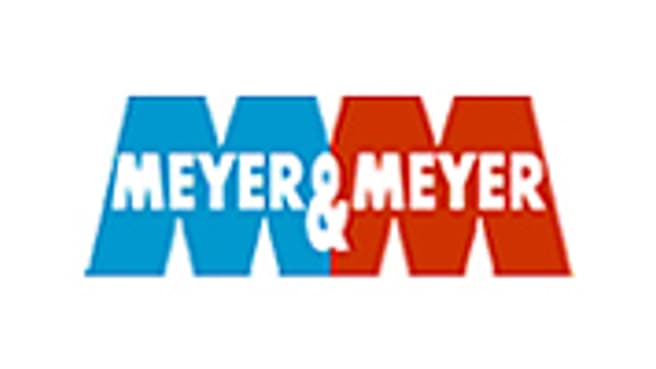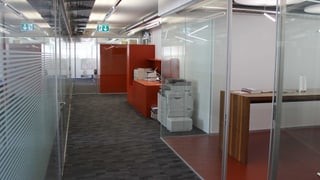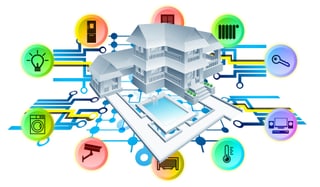Please use Microsoft Edge, Google Chrome or [Firefox](https://getfirefox. com/).
Meyer + Meyer AG (Zürich)
Do you own or work for Meyer + Meyer AG?
About Us
We are here for you!
We, that is a competent and well-rehearsed team from the areas of sanitary and heating technology.
They are the demanding customers who need an installation or want a new beautiful bathroom or a new modern heating system.
Our qualified staff will be happy to advise and assist you in planning your heating, plumbing or solar system in new and old buildings.
Bathroom
- faucets
- washstands
- bathroom furniture
- accessories
- WC
- Cisterns
- bathtubs
- showers
- partition walls
- wellness
- Obstacle free bathroom design
Meyer & Meyer Sanitary + Heating Zurich Oerlikon Central Vacuum Cleaner
Centrally installed systems (central vacuum cleaner or house vacuum system) consist of the suction unit, which is installed stationary (mostly in the cellar or in the garage). From there, a pipe system is laid throughout the house, to which the suction pipe with the brush head is connected via a hose line. Dust can be removed directly via sweep cans instead of using a dustpan. The sucked air, after being cleaned in a cyclone filter or lamella filter, is usually blown out of the house to the outside. The odor nuisance as with conventional vacuum cleaners due to the swirling of the exhaust air in the room is eliminated, which is particularly advantageous for people allergic to fine dust. The noise of such a device is correspondingly low and also the overall energy balance is somewhat better than with hand-held vacuum cleaners. This design is already about 100 years old, but has only been able to establish itself in certain regions. These include the Scandinavian countries and North America. Central vacuums typically last longer than hand vacuums, so care must be taken to install and maintain the system. When planning a house vacuum system, care should be taken to ensure that it is suitably combined with a ventilation system.
This article uses material from the Wikipedia article Vacuum cleaner and is licensed under the GNU Free Documentation License and the Creative Commons CC-BY-SA 3.0 Unported License. A list of authors is available in Wikipedia.
Meyer & Meyer Plumbing + Heating Zurich Oerlikon Solar Systems
Thermal solar systems - such as flat solar collectors and evacuated tube collectors - can be used to heat drinking water (shower and bath water) as well as to generate heat for space heating and, for example, for cooking (process heat). In this process, a specially coated absorber surface inside a so-called thermal "collector" (= collector) is heated by the electromagnetic solar radiation in the visible and infrared range of the spectrum. A liquid, or more rarely a gas (for example air), flows through the tubes of the absorber and absorbs this heat (heat transport medium). By means of a pump or a fan - sometimes also only by the buoyancy of the heating - this medium is led to a storage tank, cooled down there and led again to the entrance of the absorber (cycle). In Central Europe, solar thermal systems can usually cover 50 to 60 percent of the energy demand for heating drinking water, depending on the region.[1] Higher contribution margins or use in building heating systems are also possible. The solar thermal system can support the heating system, but the contribution margin depends on various boundary conditions (demand, storage, medium, etc.). What is possible was shown by the Swiss engineer Josef Jenni at the project of the Oberburger Sonnenhaus\ [2] already in 1989: With appropriate effort, a hundred percent coverage of the heating demand of a single-family house by solar energy is achievable; this is also possible with a multi-family house. Furthermore, solar thermal systems can be used to generate process heat in industry and commerce. Especially in the food industry there are many applications for which the necessary temperatures of 60 to 100 °C can also be generated with collectors. The application in households (solar stoves) is uncommon in Europe, but in Africa and India it has been realized in some projects. The supply of district heating networks by solar energy is now widespread in Denmark, Sweden and Austria. Special collectors for large-scale systems provide solar support for conventional energy supply in about 100 localities. In many small networks, solar heat replaces a biomass boiler in the summer. But there are also remarkable approaches in urban areas, for example in Graz. Another area of application is the provision of cooling (solar air conditioning). Chillers driven by heat from collectors make particularly efficient use of solar energy, because the highest cooling demand coincides with the strongest solar radiation. There are now over a hundred sample installations for research and demonstration, and large commercial projects have also been realized in recent years. The most prominent installations are in Qingdao/China at the Olympic Sailing Village for 2008, at the Renewable Energy House in Brussels, in Lisbon at the main building of Caixa Geral de Depósitos as currently the largest solar cooling in the office sector worldwide and in Priština/Kosovo at the building of the European Agency for the Reconstruction of Kosovo.
This article uses material from the Wikipedia article Solar thermal systems and is licensed under the GNU Free Documentation License and the Creative Commons CC-BY-SA 3.0 Unported License. A list of authors is available in Wikipedia.
Meyer & Meyer Plumbing + Heating Zurich Oerlikon Heat Pumps
The heat pump extracts heat from a reservoir (air, groundwater, soil) and thus cools the heat source. As long as the absolute temperature of the source is above absolute zero of -273.15 °C, heat can be extracted from the source, but only along a temperature gradient. However, the efficiency of the heat pump - expressed in the coefficient of performance - decreases when the temperature of the source becomes lower. The heat pump is technically similar to a refrigerator, with the difference that in the heat pump the warm side (condenser of the heat pump) is used for heating. The lower the desired temperature difference between the heat reservoir (for example groundwater of 7 °C) and the "flow temperature" (= "heating flow" = the temperature at which the water is fed into the heating circuit), the more efficient the application. As the temperature swing increases, the coefficient of performance of the heat pump decreases. Most heat pumps are designed for flow temperatures up to a maximum of 60 °C. Heat sources for heat pumps are water, moist soil or moist air. If the evaporating temperature falls below 0 °C, ice forms on the heat exchanger surfaces. Ice is an insulating layer and significantly worsens heat transfer. Due to newer technologies (gas cooling)heat pumps that extract heat from the outside air can currently be used effectively down to -25 °C outside temperature (see section Refrigerants; example company Mitsubishi.[1] A heat pump that extracts heat from a water storage tank at a depth of 10 m (approx. 5 °C earth temperature) can be operated regardless of the outside temperature (below the freezing point of water because ice is lighter than water and thus floats on the surface). Energy must be applied ("input") for the heat yield. The ratio of energy output to input is called the coefficient of performance. A coefficient of performance greater than 4 is considered economical. This energy can be supplied by electricity or gas. The gas can drive an absorption or adsorption chiller when burned, or it can be used in an engine that drives a compression chiller like the electric motor.
This article uses material from the Wikipedia article Heat pump and is licensed under the GNU Free Documentation License and the Creative Commons CC-BY-SA 3.0 Unported License. A list of authors is available in Wikipedia.
This text has been machine translated.
Languages
Location and contact
Meyer + Meyer AG
-
office address
Nansenstrasse 1 8050 Zürich
-
Phone
0443... Show number 044 312 35 94 *
-
Write an e-mail
- Visit site Visit site
- * No listing required
reviews
Do you wish to rate "Meyer + Meyer AG"?

3 reviews from older local.ch. archives
Data from June 2019
* These texts have been automatically translated.
Other listers

Meyer + Meyer AG







